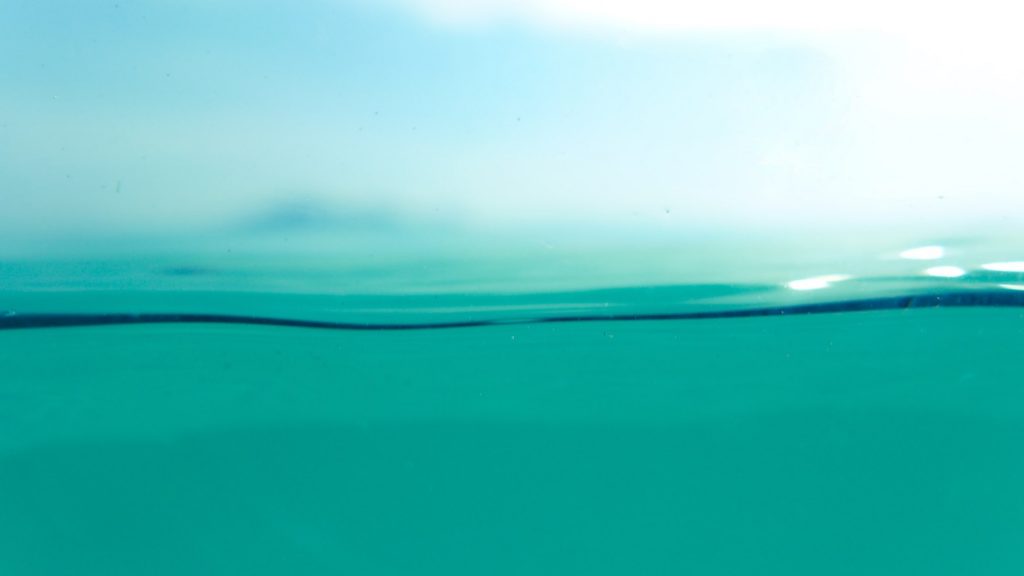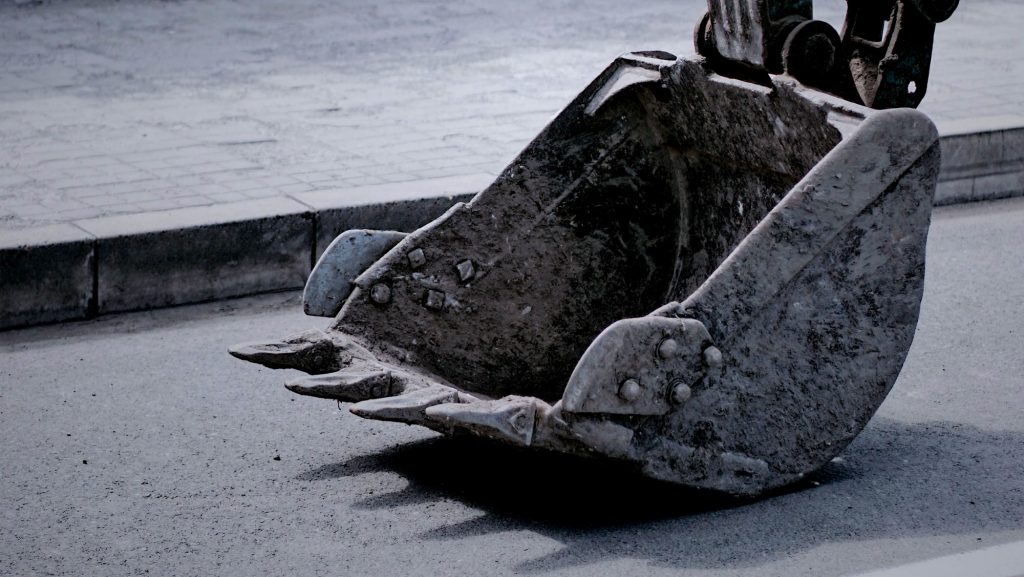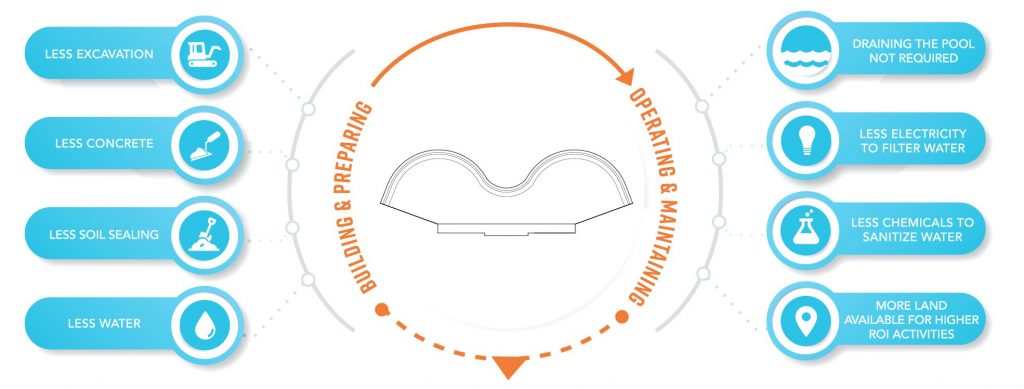Total Cost of Ownership: Things to consider when considering building a surf park

On the theme of Total Cost of Ownership, guest contributor Tanner Wilson brings up several key components to consider when constructing and running a wave pool attraction. About Total Cost of Ownership: TCO can be summarized as the purchase price of the pool and its technology, plus the costs incurred to construct and continually operate the pool over time.
Within the last few years, interest in surf park developments have drastically increased. The idea of a venue that brings surfing and its lifestyle to a destination that is hundreds (or thousands) of miles from an ocean, is quite exciting to developers, investors, surfers, and the general public alike. Being the core of the surf park, the pool technology itself is arguably the most important investment, and one that’s operational success is critical to providing the greatest return on investment (ROI).

A Comprehensive Look at ROI
Recently, much of the spotlight has been heavily set on energy efficiency claims based solely on metrics that are highly unlikely to occur in everyday operations. A surf park’s operations are incredibly multi-faceted, and, in all seriousness, we cannot realistically say that energy cost per wave is the same when producing a pumping overhead barrel to a Malibu-style cruiser… Just like a car’s fuel economy performs differently when driving in the city versus on a highway, a surf pool’s energy consumption will vary as well, with most energy claims being made based on unrealistic scenarios (More on that here). Yes, these energy estimates are an important part of the development process. However, the findings rely on numerous factors that are always in flux, like wave type, wave height, wave frequency, capacity, and pool reset time for example.
The better way to look at ROI can be based on looking at the Total Cost of Ownership (TCO). In the world of surf pools, the TCO can be summarized as the purchase price of the pool and its technology, plus the costs incurred to construct and continually operate the pool overtime. Additionally, although they are indirect costs to developers themselves, environmental impact costs should be factored in as an extra level to the TCO.
When compiling all these price points, we ideally want surf pools that offer an increased ROI because of a lessening of the TCO. You know what is even better? When a surf pool offers improved financial performance on top of it all because of some key features that allow operators full control and flexibility.

Construction and Preparing
It is no secret that building a surf pool is a massive undertaking, one that uses loads of concrete and requires significant venue space. Without offsetting commitments, no surf pool is likely to be carbon neutral. Key considerations are:
• Excavation: this one is simple – the less digging the better for the environment overall, the water tables below, and the air we breathe.
• Concrete: reducing the amount of cement used means reducing CO2 emissions into the atmosphere, as concrete is an unfortunate leading contributor to greenhouse gases.
• Soil Sealing: known as the covering of ground with impermeable material, soil sealing is recognized as one of the leading causes of soil degradation (which leads to several consequences environmentally).
• Water: the most precious commodity that is especially scarce in popular development destinations like the Palm Desert, Arizona, the Middle East, etc.
These construction processes are certainly not cheap, and are too often accepted by surf park developers as a part of the investment.

Operating and Maintaining
The next piece of the size matters puzzle is the transition into the operating phase. When you think about the TCO, things like less water translate to less energy requirements for filtration. The interconnectivity of these factors goes far beyond the initial construction phase. Carefully consider these areas:
• Pool drainage: consider if the mechanical elements are located outside of the pool, meaning easier maintenance and less downtime. Ultimately you don’t want to have to drain the pool to maintain the machinery.
• Electricity to filter water: filtration costs represent 50% of overall power consumption costs; less water means filtration is simpler and uses significantly less energy overall
• Chemicals to sanitize water: in order to maintain safe and crystal-clear water, chemicals are necessary. Less water means fewer chemicals are required.
• Land available for additional ROI activities: all in all, a smaller footprint means more venue space available for things like food and beverage, retail, real estate, and other providers of additional investment returns.

Evaluating the Total Cost of Ownership to Make a Sound Investment Decision
Ultimately, a lot goes into building an epic surf venue. With the emergence of many new technologies, developers need to factor in their total cost of ownership in order to ensure that their investment is sound and will provide them the necessary performance capabilities while benefiting from lower operating costs over time. Finally, demonstrating an understanding of your venue’s TCO will make for a more robust business case that will excite lenders, outside investors, and ultimately guests visiting your surf park.
Main image by Christine Roy
Related Coverage
